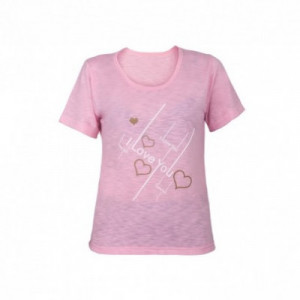| Nikoo Tan Poosh |

| No Title | 0.02 MB |
| Registration Date | 17 Dec 2019 |
| Revision Date | 17 Dec 2019 |
| Share |
Textile Clothing
TopReduce body odor caused by sweat Anti-allergy Very durable Prevent the transmission and growth of pathogenic bacteria, fungi, and microorganisms
The T-shirt is a type of clothing that has been manufactured in many different shapes and forms, and is used specifically for the trunk. One of the main uses of these garments is in the summer and warm seasons. Casual and sport T-shirts are among the different types of these clothes.
Due to the close contact of the T-shirt with the skin and due to the appropriate level of moisture, temperature and nutrients on the surface of the skin, it is usually exposed to microbes and experienced adverse effects including bad odor, stain and color change and reduced mechanical strength of the fabric as well as infections of the wearer and skin diseases such as fungi, burning of the body and inflammation of the skin. To overcome these problems, the use of nanoparticles in the manufacturing of fabrics and fibers used in T-shirts has been considered as a new way. Metal nanoparticles, due to their large surface area, can release faster than larger particles and thus exhibit greater antibacterial activity.
NIKOO TANPOOSH’s nano-antibacterial T-shirts are woven with nanoparticles and made of cotton and polyamide, which reduces the risk of skin diseases, allergies, fungal growth, body irritation and skin inflammation.
The antibacterial activity of nanoparticles in the production of T-shirt prevents the growth of bacteria and fungi. The antibacterial effect of the particles used in this product increases dramatically on the nanometer scale so that it is able to kill various types of bacteria.
This product shows high antibacterial activity according to INSO 11070. The following table clarifies how high its activity against E.Coli and S.aureus bacteria is.
Antibacterial activity is an indicator of the ability of the product to eliminate the bacteria which are in contact with it, and is obtained from the logarithmic comparison of the number of bacteria present on the control sample and the produced sample after 24 hours of contact with the bacteria. According to the standard, when the anti-bacterial activity of the product is between 2 and 3, the term "effective" can be used, while if the antibacterial activity is greater than 3, it has a strong effect.